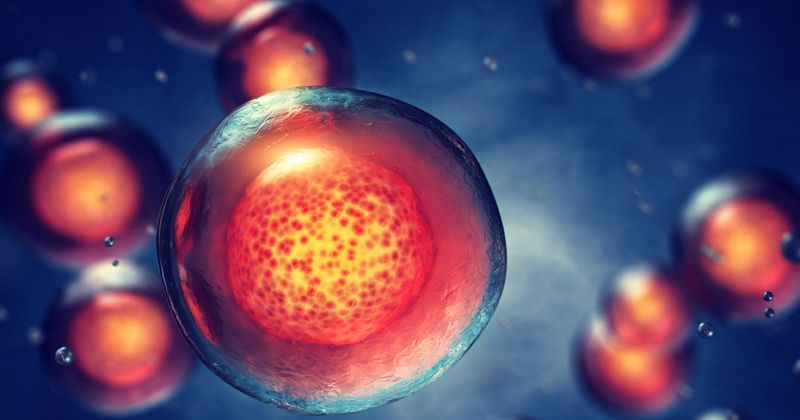Retention of memories can lie in cells outside of the brain
Key takeaways:
- Researchers examined memory function in chemically treated nerve and kidney cells.
- Cell responses depended on number and spacing of pulses, mimicking memory retention.
Features of memory retention in cells may result from embedded signaling dynamics in the body, with information stored best in spaced bursts rather than in a single, massed event, according to research from Nature Communications.
“When most scientists think ‘memory,’ they think ‘brain,’ so the memories stored in other parts of the body are usually ignored,” Nikolay V. Kukushkin, DPhil, clinical associate professor of life science and doctoral fellow at the Center for Neural Science at New York University, told Healio in an email. “We, however, show that non-neural cells can store complex information.”

Kukushkin and colleagues sought to examine how cells not located in the brain utilize the massed-space effect to store memories and to examine the relationship between how individuals retain information and how memories are stored.
They simulated memory creation and learning in a laboratory setting by emitting repeated large and small pulses of forskolin and/or phorbol ester and, in place of neurologic examination to assess memory, measured luciferase expression in cells taken from both nerve and kidney tissue.
The cells were dyed using a Western blot procedure to emit a glowing protein that signaled when the “memory gene” was active and inactive.
According to the results, cell responses were dependent upon the number and spacing of each pulse, with each factor key in determining response amplitude and rate of decay consistent with established features of memory.
Specifically, four smaller spaced pulses of either agonist resulted in stronger and more sustained luciferase expression than a single larger pulse, mimicking memory retention when information is obtained gradually with breaks, rather than in one large session.
Data additionally showed that spaced pulses resulted in stronger and more sustained activation of molecular factors linked to memory formation, extracellularly regulated kinase (ERK) and cyclic-adenosine monophosphate response element-binding protein (CREB); conversely, inhibition of ERK or CREB was shown to obstruct any massed-spaced effect.
“Every person is different because of their different memories, but we don’t think of our bodies as retaining individual experience in the same way,” Kukushkin told Healio. “These ‘body memories’ may affect, for example, how each of us responds to food, or medicine.”
Reference:
Memories are not only in the brain, new research finds. https://www.eurekalert.org/news-releases/1064148. Published Nov. 7, 2024. Accessed Nov. 10, 2024.
